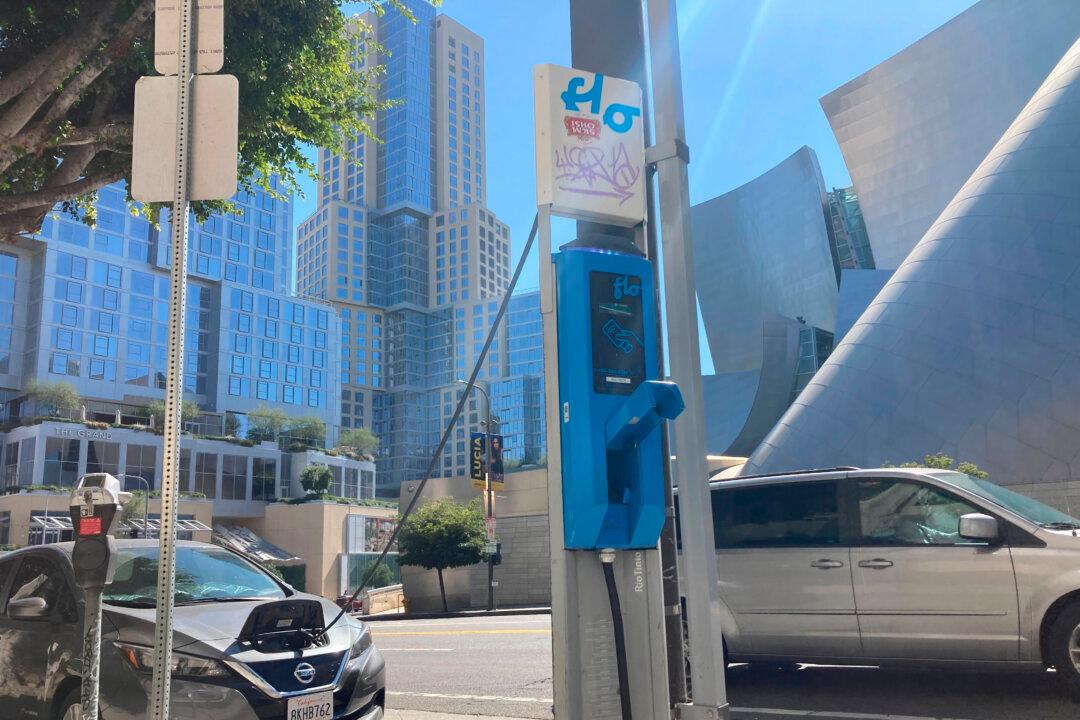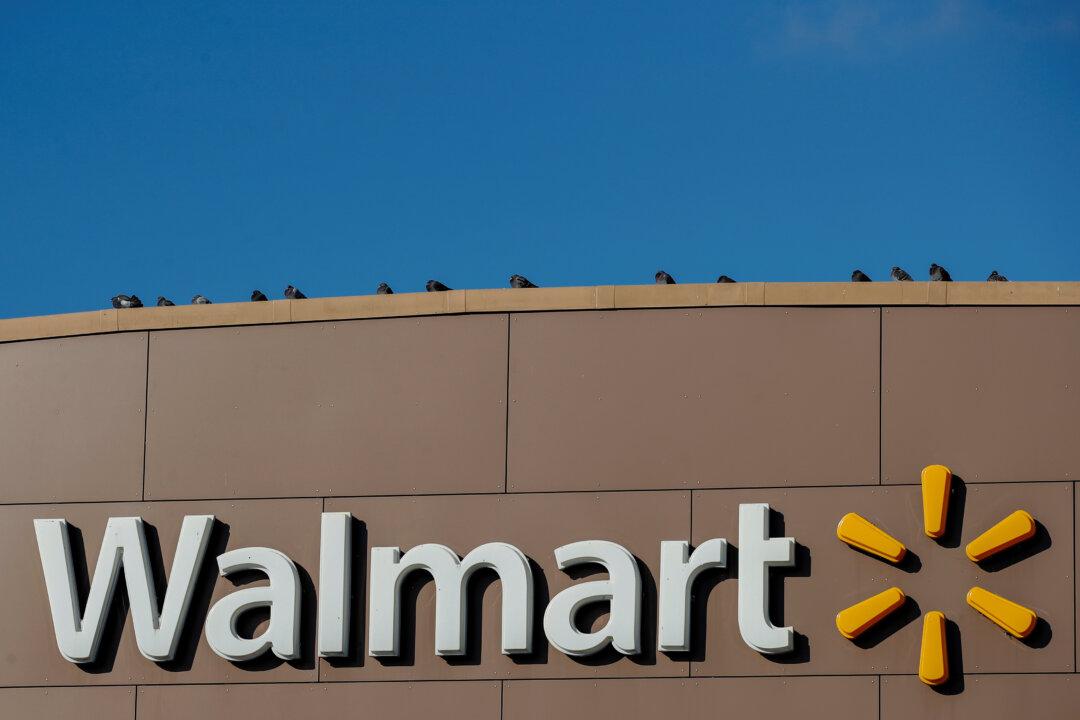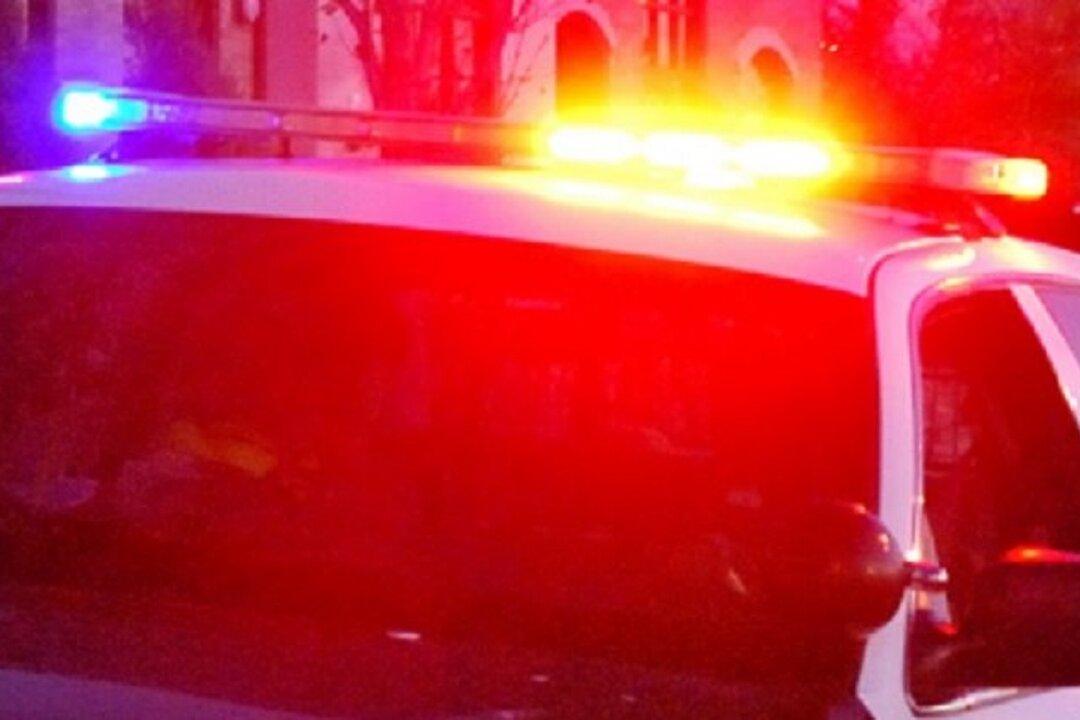Seven major automakers said on Wednesday they are forming a joint venture to build a large electric vehicle (EV) charging network in North America in an effort to make EVs more accessible to consumers.
The group includes General Motors, BMW, Honda, Hyundai, Kia, Mercedes, and Stellantis.




